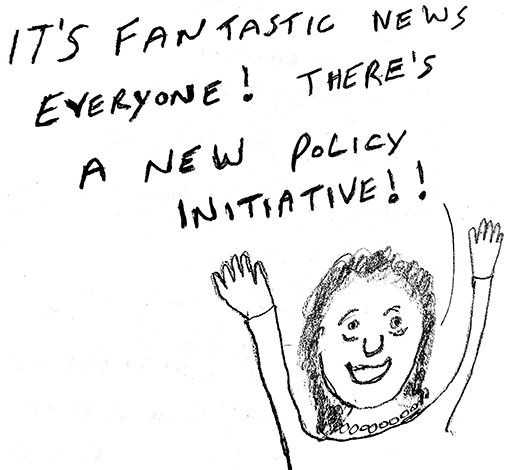3.2 Principal views?
So let’s read about school leaders’ views of some of these challenges and how they deal with them.
Activity 6 Principal views?
Read Sider, S., Maich, K., Morvan, J., Villella, M., Ling, P. and Repp, C., (2021) ‘Inclusive school leadership: Examining the experiences of Canadian school principals in supporting students with special education needs [Tip: hold Ctrl and click a link to open it in a new tab. (Hide tip)] ’,Journal of Research in Special Educational Needs, 21(3), pp. 233–241.
Read from Results on p. 235 to the end of the discussion on p. 240. As you are reading make notes in response to the following questions:
- What issues did you anticipate the principals raising, and what come as a surprise?
- What do you feel about the relationship between the competencies the paper identifies and the role of professional development? Do these competencies all require training?
Discussion
Many of the issues discussed by the school leaders seem to match with the thoughts raised in the study by DeMatthews et al, but the issue of principal isolation and a sense of being unprepared for the role may be more surprising. This challenge seems to be related to the statistics mentioned at the end of the last section too. The diversity of the school population and the fairly rigid outcomes of the school system puts a great demand on school leaders. They have to be able to access information about a huge range of issues, to make knowledgeable decisions or facilitate meaningful discussions about issues that are personal, professional, cultural, value-laden and ethical. It is easy to see how people can feel isolated, particularly in smaller settings, when faced with such challenges. This is not just an issue for the principals in schools either, but also reflects experiences of other school leaders. For instance, interviews with 19 Deputy principals in Israel highlighted their lack of social relationships with colleagues and resulting sense of loneliness. This included as sense of isolation from those ‘above them’. They identified issues around an imbalance in commitment, expectations and responsibility at work, as well as distrusting school leadership and/or their lack of accountability (Dor-Haim, 2021).
Reflecting on these issues, may make you wonder if there is still something about the hero-leader model that effects our thinking even when we are seeking collaborative and distributed processes. Clearly leaders need to pay attention to how they build alliances with staff, students and local communities to nurture and support both the goals and means of inclusive leadership; this includes considering issues such as succession planning and whether there is a critical mass of people invested in developments. It also feeds back to the issue of building values on a shared understanding, not on one that is simply parachuted in by the school leader but arises using synergistic processes from within the school community. As Macbeath et al (2006) identify, the everyday decisions that teachers and leaders make are fundamentally political. They are interpreting behaviours, deciding where resources should go, making long-terms and short-terms decisions which directly impact on children and their families.
So let’s move on to consider leadership and the involvement of others.

